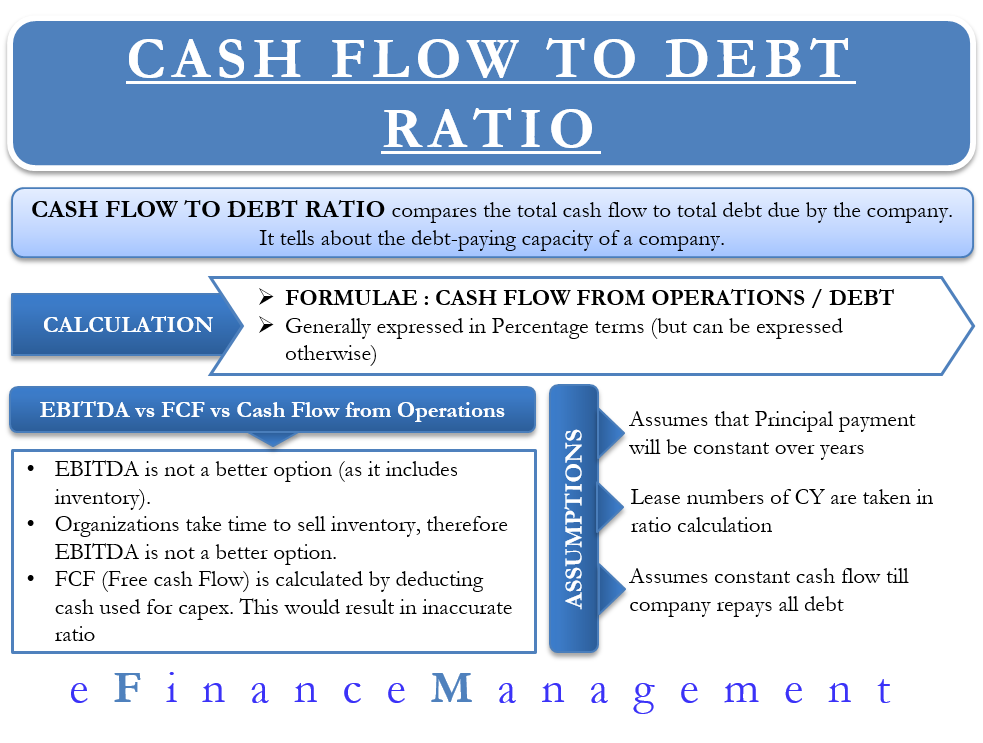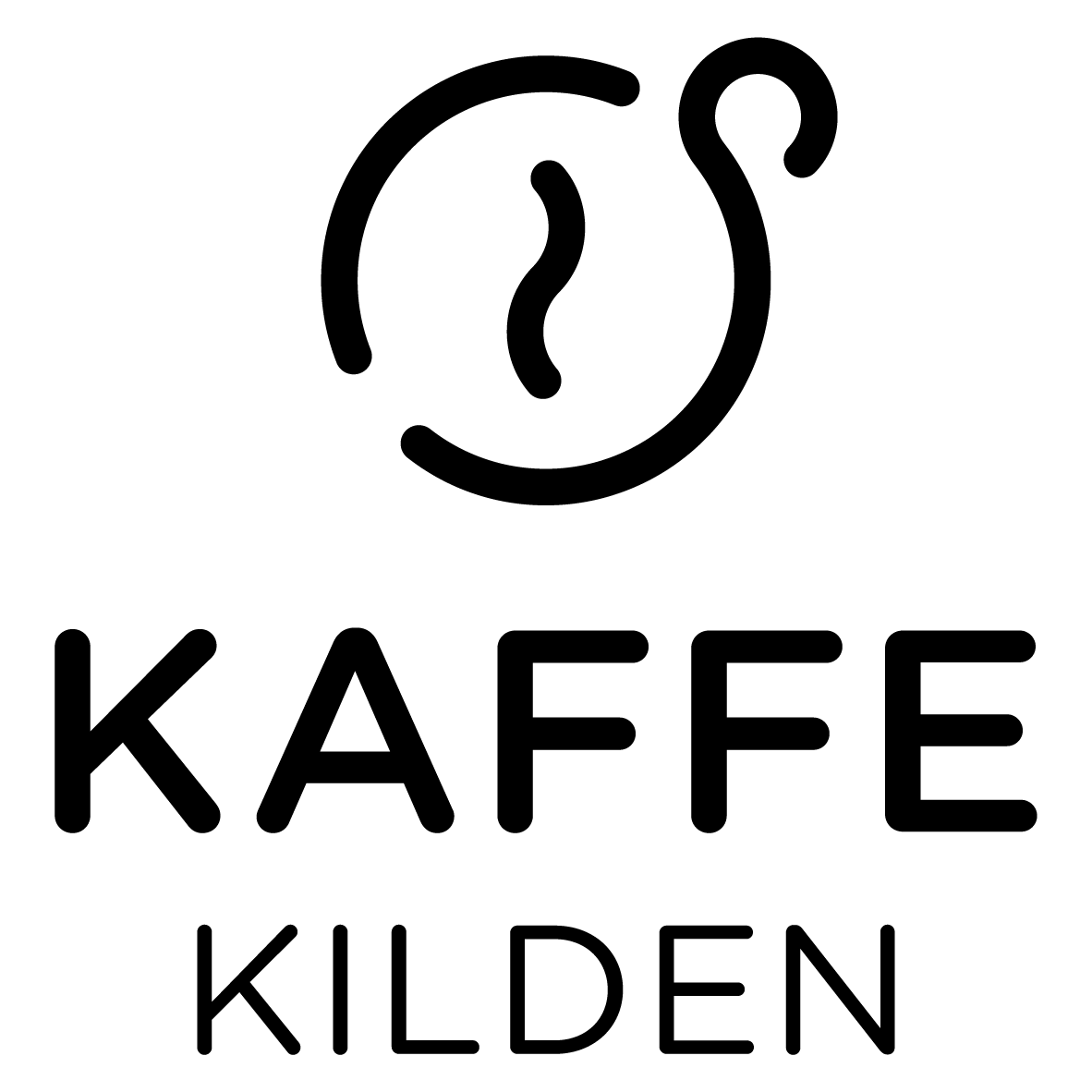
The cash inflow from activities is the result of business operation within the accounting period. At the same time, the business operation also incurs some liabilities which will remain at the end of the year. So if the cash flow from activities is less than current liabilities, it shows a high risk of liquidating when those liabilities reach the due date. If an organization has a positive debt service ratio, its cash flows are sufficient to cover all debt payments. However, the business must allocate additional funds for annual loan payments if the ratio is negative. Fortunately, you can use a calculator to compute your cash debt coverage ratio and determine if your liquidity is sufficient to pay off your debts.
Do you own a business?
Also, ensure that you maintain records over several years to observe any particular trend. Sometimes, there could be circumstances beyond your control that led to an undesirable ratio. Regardless, regularly checking the ratio helps to see if the financial is improving or getting worse to facilitate a more informed decision.

Is the Interest Coverage Ratio the Same as the Times Interest Earned Ratio?
In the largest sense, the current CCR tells us whether you are running a profitable business or a stinker. Obviously, if you cannot earn enough income each month to pay your bills, then you have a major problem. Clearly, you’ll have to take action to fix this or throw in the towel. Conveniently, you can view this video to step through the calculation. Amanda Bellucco-Chatham is an editor, writer, and fact-checker with years of experience researching personal finance topics. Specialties include general financial planning, career development, lending, retirement, tax preparation, and credit.
- Certain trigger events will occur should Sun Country’s DSCR fall below a specified level.
- So, Assets America handled both the sale and the loan for us and successfully closed our escrow within the time frame stated in the purchase agreement.
- Assets America was incredibly helpful and professional in assisting us in purchasing our property.
- It means that business is doing well, cash flow from operating is more than enough to cover the current liabilities.
Video: CR or CCR (Formula, Examples) Calculation
An accountant should see the proportion between the net operating income and the debt service cost. If you have figures for short and long term debt, open the Total debt components the founders guide to startup accounting section below to calculator the total debt. Analysts and investors may study any changes in a company’s coverage ratio over time to assess the company’s financial position.
Cash Flow to Debt Ratio
A low ratio might seem unattractive to investors, but it could be an indicator that the company is becoming more able to pay off its debts based on its operations. A ratio that is significantly lower than the industry average could suggest that the company is facing financial difficulties or operating in a highly competitive market. This approach allows investors to identify both the factors clearly, the firm’s ability to pay dividends on time, and forecast the firm’s future liquidity position as well. These ratios (including profitability ratios, liquidity ratios, solvency ratios, and activity ratios) act as a metric to assess the entity’s financial performance.
The debt-service coverage ratio is a widely used indicator of a company’s financial health, especially for companies that are highly leveraged with debt. Debt service refers to the cash necessary to pay the required principal and interest of a loan during a given period. The cash flow-to-debt ratio examines the ratio of cash flow to total debt.
Analysts sometimes also examine the ratio of cash flow to just long-term debt. This ratio may provide a more favorable picture of a company’s financial health if it has taken on significant short-term debt. In examining either of these ratios, it is important to remember that they vary widely across industries. A proper analysis should compare these ratios with those of other companies in the same industry.
Moreover, it is important to note that the cash debt coverage ratio is different from the debt ratio. A high ratio shows that the company has sufficient operational cash to pay off its total debt. In our previous example, we evaluated the cash debt coverage ratio of GLK Company. If so, you’re in luck, because we’re about to explore the world of the cash debt coverage ratio. Such a situation means that the business cannot pay off its current debts since it cannot generate enough cash flow. Applying formulas to specific line items of the financial statements enables calculations of the quantitative measures, also referred to as ratios.
Similar to the interest coverage ratio, explained in our interest coverage ratio calculator, it indicates how healthy a company is. Therefore, it is crucial to use the cash debt coverage ratio as a measure of the company’s ability to use the cash it generates to pay off its debt. As you can see in the formula, this ratio compares a company’s operating cash flow with its total liabilities. So divide the net cash of the business that is provided by its operating activities i.e. operating cash flow by the total debt of the business.
On the other hand, a cash debt coverage ratio below 1.0 or close to 0 would serve as a strong warning that the company’s financial health is bleak. This would indicate that the company has a strong capability of using the cash flow from its operations to pay off the amount of its debt repayments, including current liabilities. The ratio formula involves dividing the operating cash flow of a company by its total liabilities. By calculating the cash debt coverage ratio, you can determine whether your business has enough cash to cover its outstanding debts. Another limitation of the DSCR is its reliance on accounting guidance. Debt and loans are rooted in obligatory cash payments but the DSCR is partially calculated on accrual-based accounting guidance.
